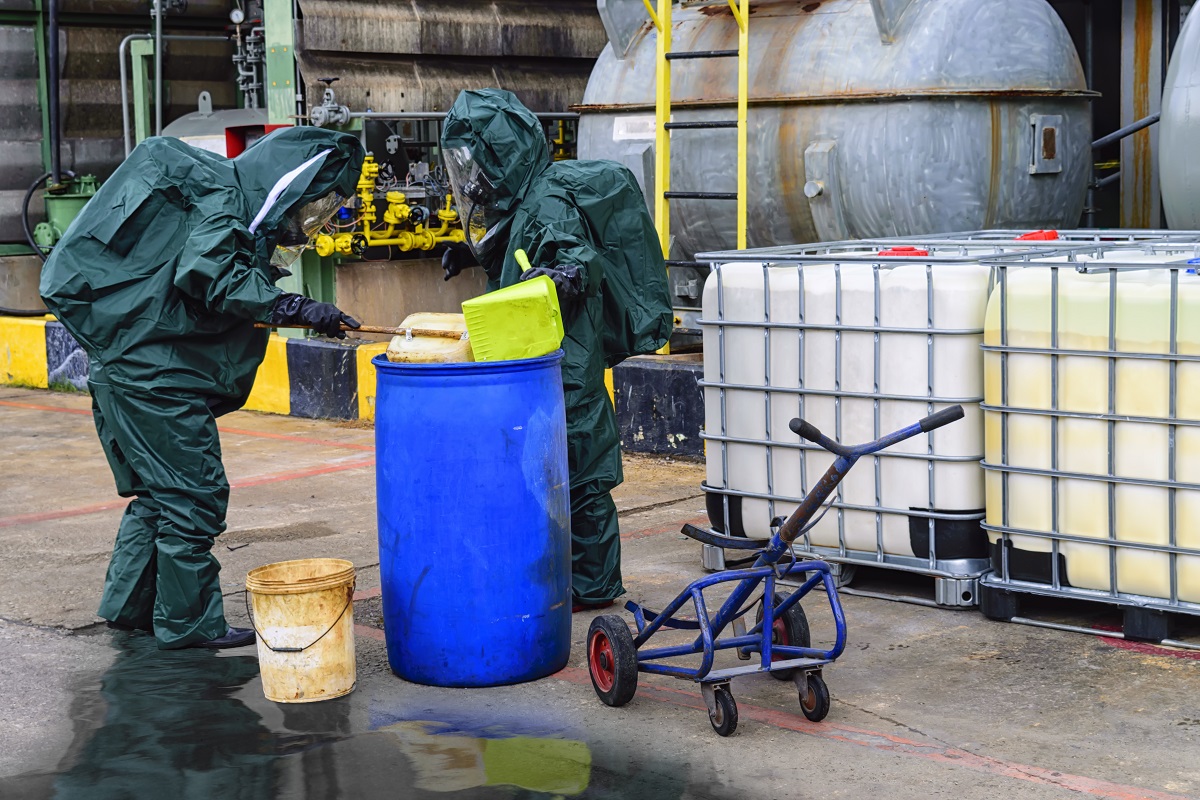No environment, health, and safety (EHS) manager wants to experience a release of hazardous materials or waste. Accidents happen, however, and it’s important to be prepared in the event of an emergency. Experts at EHS Hero recently answered a subscriber’s question about release reporting requirements under the Resource Conservation and Recovery Act (RCRA)—let’s see what they had to say.
Q: What are the release reporting requirements under RCRA? When do I need to call in a release of RCRA hazardous waste to the NRC/EPA/State?
A: Release reporting requirements for hazardous wastes are detailed in the EHS Chart Builder for Hazardous Waste Generators, in the subtopics for LQG Contingency Plan and Preparedness, Prevention and Emergency Procedures for LQGs and SQGs (EHS Chart Builder is a tool available for EHS Hero subscribers; click here to request a trial of this product). The requirements detailed in these sections are summarized below.
RCRA Small Quantity Generator (SQG). Under RCRA, in the event of a release of hazardous waste from a SQG that could threaten human health outside the facility or when the generator has knowledge that a spill has reached surface water, you must immediately notify the National Response Center (NRC) (using their 24-hour toll-free number 800-424-8802). The report must include:
- The name, address, and U.S. EPA ID number of the SQG;
- Date, time, and type of incident (e.g., spill or fire);
- Quantity and type of hazardous waste involved in the incident;
- Extent of injuries, if any; and
- Estimated quantity and disposition of recovered materials, if any.
RCRA Large Quantity Generator (SQG). Under RCRA, large quantity generators of hazardous waste are required to have a contingency plan that sets out how to address how to respond to emergencies at the facility. As part of the implementation of the contingency plan, if the emergency coordinator determines that the release of hazardous waste could threaten human health or the environment outside the facility, the emergency coordinator must immediately notify either the government official designated as the on-scene coordinator for that geographic region or the National Response Center (NRC) at its 24-hour toll-free number: 800-424-8802. The report to these officials must include:
- The name and telephone number of the person making the report;
- The name and address of the facility;
- The time and type of incident (e.g., release, fire);
- The name and quantity of materials involved, to the extent known;
- The extent of injuries, if any; and
- The possible hazards to human health or the environment outside the facility.
In addition, federal regulations require any state or local agencies with designated response roles be notified immediately if their help is needed.
Within 15 days following the release, the LQG must submit a written report on the incident to the EPA containing the information detailed in 40 CFR 264.56(i).
CERCLA. In addition, hazardous wastes are considered hazardous substances under Comprehensive Environmental Response, Compensation, and Liability Act (CERCLA). Release into the environment of a CERCLA hazardous substance (as listed in 40 CFR 302, Table 302.4) or hazardous constituent in a mixture or solution (including hazardous waste streams) from a vessel or facility in a quantity equal to or greater than its corresponding reportable quantity in any 24-hour period must be reported to the NRC immediately (i.e., within 15 minutes after discovery) at 800-424-8802.
|
Ask the Expert is a service provided to subscribers of BLR’s EHS Hero product, where experts are ready with answers to your organization’s unique questions surrounding EHS compliance. To learn more and request a trial of EHS Hero, click here. |

